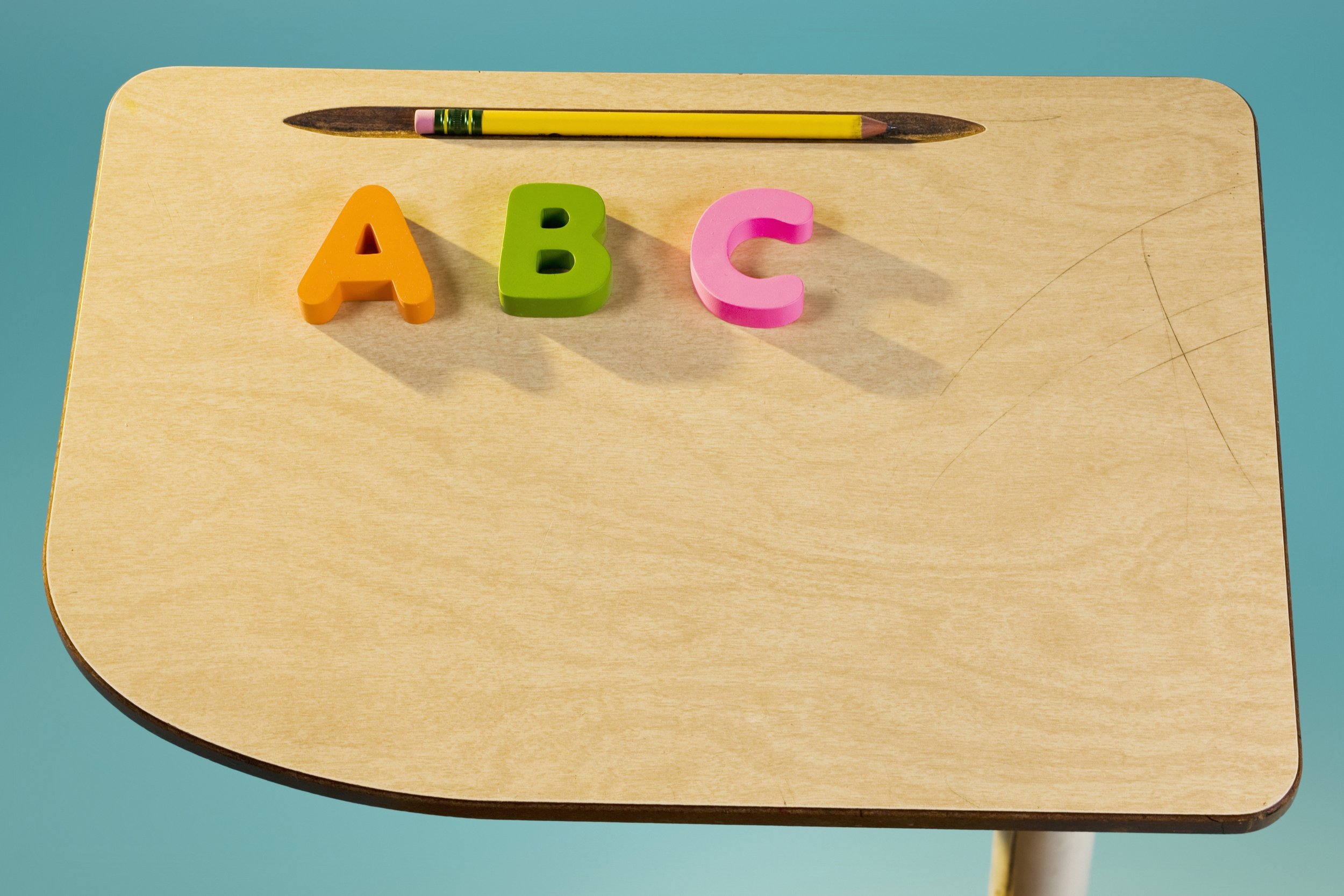Curriculum Review: Better Chinese
Maybe I’m crazy, but I’ve undertaken the task of teaching my boys and myself two foreign languages when I don’t speak any foreign language. I’m teaching them Chinese and Spanish.
I think the biggest challenge in teaching a foreign language is finding the time to do it on top of all our other lessons and commitments. The second challenge is finding a good curriculum. I have learned that when it comes to foreign language, I cannot wing it. I need all the help I can get, especially since I’m doing two languages.
As for our Spanish curriculum, you can learn how I searched for and found a great Spanish curriculum in the Winter 2018 issue of home/school/life magazine. As for Chinese, I couldn’t find many non-digital curriculums for homeschoolers. I did find online programs, videos, apps, workbooks and resources geared toward adults on Amazon.com, but as for a step-by-step program of how to teach children Chinese when you don’t speak it yourself, I found only one: Better Chinese. This program teaches the simplified version of Mandarin Chinese.
(If you know of another program I missed, please tell me about it in the comments section!)
For the record, I have nothing against online language programs or apps, and I think having a component of the curriculum online is helpful, but I haven’t found it useful to do all the work online when I sit down with my two boys. We need a variety of activities – games, flashcards, worksheets to practice writing, etc. I find it too difficult to learn a language by just listening and viewing a screen. We also need a lot of repetition, so I needed a program that would offer a variety of ways to go over vocabulary.
I started by purchasing My First Chinese Reader Starter Kit (about $60 on sale). This includes one textbook (volume 1), two workbooks (volume 1A and 1B), a 6-month subscription to their online lessons, and a 1-year subscription to their MP3 files for volumes 1-4. Later I felt I needed more help, so I purchased their Teacher’s Guide for volume 1 (about $41.00) and an additional set of Worksheets and Writing Exercise Sheets (about $81.00). (It’s a huge set of unbound worksheets, but I do feel this was too expensive for what is essentially a big workbook.)
I have found Better Chinese to be a good curriculum, but it’s far from perfect. I have had to be creative to get it to work for us, and I believe it’s because I was already teaching from a Spanish curriculum that I have been able to figure out how to study Chinese with the boys.
For what it’s worth, here are my pros and cons regarding Better Chinese:
Pros: I like the Volume 1 textbook and how it’s set up. Each lesson gives us enough Chinese to learn without overwhelming us, and each lesson builds on the one before it. I like that we can watch animated versions of the lessons online to hear how the Chinese is spoken, and we can keep listening and going over the lessons until we learn the characters, pinyin and English translations. (We spend a long time on each chapter.) Better Chinese offers more than one way to listen to the vocabulary, so I appreciate that too.
Cons: The textbook doesn’t come with any instructions on how to teach the material, which is why I purchased the Teacher’s Guide. This guide has been helpful and unhelpful. First of all, it’s written for classroom teachers. There’s a lot of information in it, but as a homeschool mom, I can use only part of it, if any. We won’t be able to do many of these games and activities until we get a little better at reading Chinese. (You can’t play a game, if you don’t have a clue what you’re looking at!) Instead of playing games or doing activities, I have found that good, old-fashioned sit-down time with pencil, paper and flashcards is what works best for us. But this brings me to another pro.
Pro: I like that Volume 1 Workbook A comes with perforated cards of each Chinese character we’re learning. (There’s no way I could create my own Chinese flashcards because I’m not good at writing the characters yet.) I also like the extra worksheets I purchased even though they were too expensive. These seem more effective right now than trying to play games in Chinese.
Another con: There is no answer key for any of the worksheets or workbooks. Granted, I can figure out most of the answers by simply checking the English translation in the textbook, but there are a few worksheets that ask you to respond to a question or write the correct word pattern. It would be helpful to have answer keys for these worksheets.
As with any endeavor, you have to start somewhere. Overall, I’m happy with this curriculum, and we’re learning Chinese, though very, very slowly. Better Chinese has given me some of the tools I needed to start teaching Chinese to the boys and myself, though I have some materials in this set that I may never use. As we go along, I’ll be able to discern better what other resources will be helpful to us.
Do you teach Chinese to your children? Please tell me about your experience.


















SHELLI BOND PABIS is home | school | life magazine’s senior editor. She writes about her family’s homeschooling journey at www.mamaofletters.com.